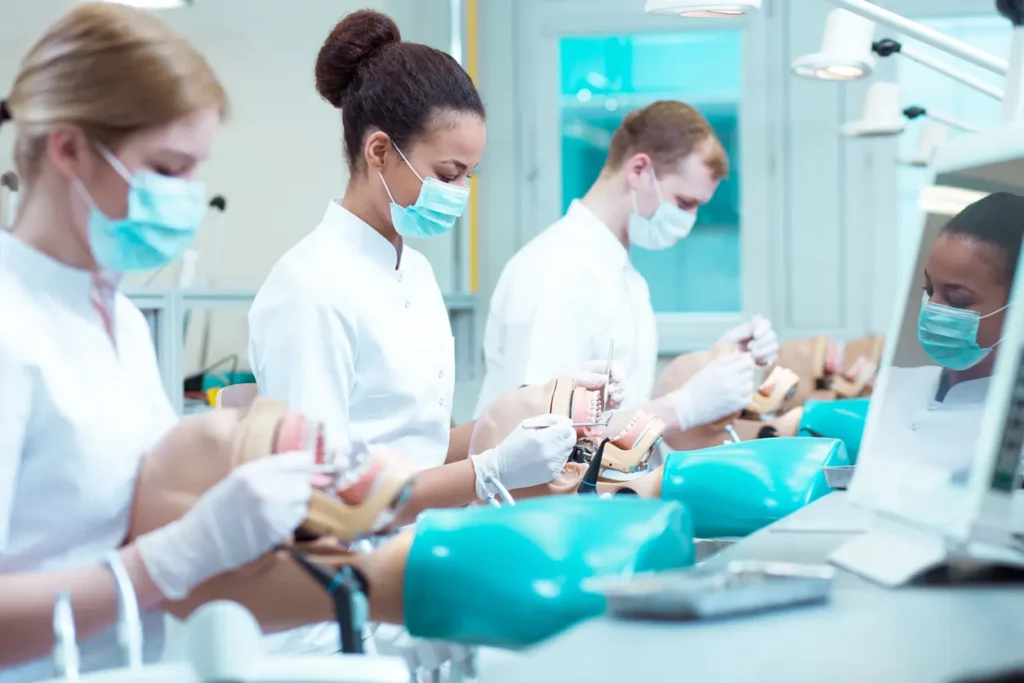
Story at-a-glance
- Medical students carry heavy debt but no income—making them financially vulnerable if they become disabled.
- Disability is more likely than death or a house fire, and it can derail a medical career before it starts.
- Buying coverage in medical school locks in lower rates and protects future insurability.
- Individual policies are portable and customizable, while group plans offer affordable, guaranteed coverage during training.
- Accredited medical schools must offer access to disability insurance, but students need education—not just access—to make smart choices.
In 2006 the Association of American Medical Colleges (AAMC) said that schools should require disability insurance for all medical students and provide access to policies. Medical students are particularly vulnerable to the financial hardships that may result from a disability. Dentist disability insurance for Medical Students protects them from possible fiscal disaster and is also a prudent investment. Purchasing a policy while still in medical school presents tremendous advantages that can save students money after graduation and provide the peace of mind necessary to focus on the demands of a career in medicine.
Most medical students do not generate income while in school, but instead accumulate debt at staggering rates. According to the Association of American Medical Colleges, in 2012, medical school graduates who took out loans started their residencies with an average debt of $156,000, a figure that does not include undergraduate debt. Only the expected future income from a career in medicine makes such exorbitant debt palatable; however, a student that suffers a disability may never realize that income. According to the 1994 Statistical Abstract of the United States, in the course of a year, 1 in 10 people between the ages of 25 and 64 will suffer a disability. When comparing that ratio to the odds of being victim of a house fire (1 in 122); injured in an automobile accident (1 in 160); or even of death (1 in 117), the value and protection offered by medical student disability insurance is clear.
A student who suffers a disability and is unable to complete their education will be saddled with student loan debt and may not be able to work in any field depending on the disability and its severity. Repayment of student loans combined with medical expenses and lack of income due to disability can destroy a financial future. Even a student that is able to continue medical school could face the burden of simultaneously repaying loans and paying tuition.
There are two types of disability insurance available to medical students; Individual and Group.
Individual Dental Students Disability Insurance:
- Policy is owned by the medical student. Coverage can be maintained throughout one’s entire medical career.
- Rates are based on age – the younger a person is when the policy is purchased, the less expensive it will be.
- A person’s health status effects eligibility and premiums – obtaining insurance at a younger age may protect the policyholder from the difficulties of securing a policy later in life when other health issues may affect insurability.
- Many policies contain an optional feature that allow for the benefit to be increased in the future regardless of health status.
Group Disability Insurance:
Universities, Colleges and Teaching Institutions can invest in group long term disability insurance that protects their medical students while in medical school.
Benefits to the Student:
- Lower cost coverage, compared to an individual policy during their training years
- High-quality group benefits to meet their current disability needs
- Guaranteed issue – A person cannot be denied coverage due to a pre-existing medical condition
- Ease of billing and administration, handled by the institution
- Includes options to cover student loans
Typical plan configuration:
- Most plans cover disabilities caused by injury or sickness, incurred on or off the job, maternity, mental and emotional disorders/alcohol and substance abuse (limitations apply)
- Optional student loan payoff
The Liaison Committee on Medical Education (LCME) is the sole accrediting authority for medical education programs leading to the M.D. degree in the United States. Accreditation standard MS-28 states, “all students must have access to disability insurance.” Simply allowing access to disability insurance—a minimal requirement placed on accredited medical schools—or even recommending it, is not enough to save students from the risks of not protecting their future income. In light of the monetary investment that students make to medical schools, it should be the responsibility of each school to promote and educate its students about the benefits, value, and importance of medical student disability insurance.
FAQs
Why do medical students need disability insurance?
Because they carry high debt and no income. If they become disabled, they still owe student loans but may never earn the income they were training for.
How common is disability at this age?
More common than most think. According to U.S. data, 1 in 10 people ages 25–64 suffer a disability each year—much higher odds than a house fire or car accident.
What happens if I’m disabled before completing school?
You could be stuck with student loan debt and no medical degree or income. Disability insurance protects you from that financial fallout.
What are the types of medical student disability insurance?
- Individual Policies: Owned by the student; portable; based on age and health; can grow with your career.
- Group Policies: Offered through your school; lower-cost; guaranteed issue; often include loan payoff options.
When is the best time to buy a policy?
While still in school. You lock in low rates and avoid future health-related exclusions.
What makes group policies attractive?
They’re cheaper during training, include guaranteed acceptance, and often cover mental health, maternity, and student loans.
Does my medical school offer disability insurance?
It should. All U.S. MD programs accredited by the LCME must offer access. But access doesn’t mean students are covered—education is key.
Ready to protect your future?
Get a personalized side-by-side policy comparison of the leading disability insurance companies from an independent insurance broker.




